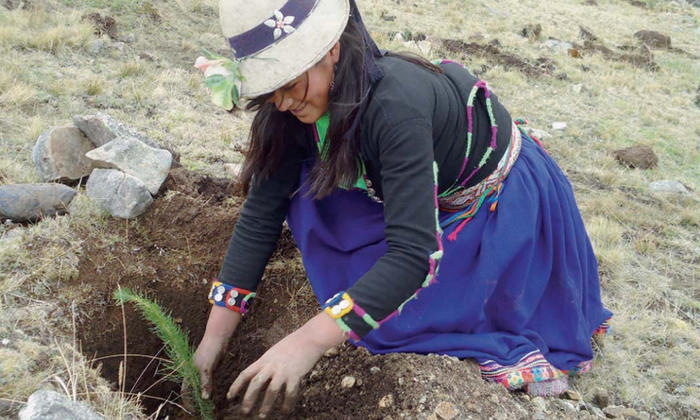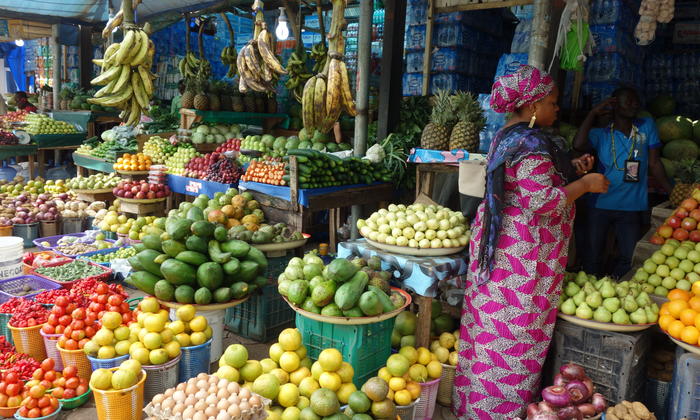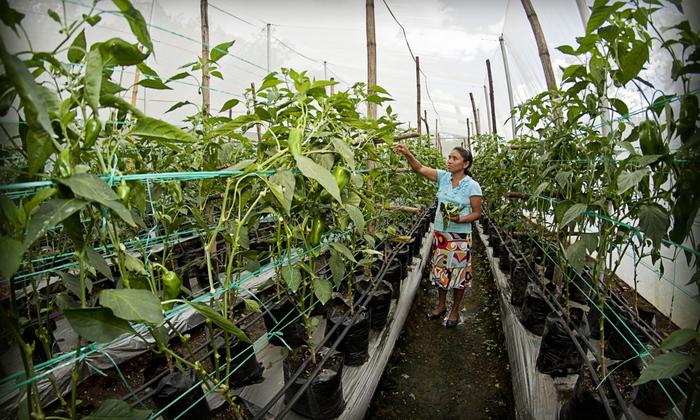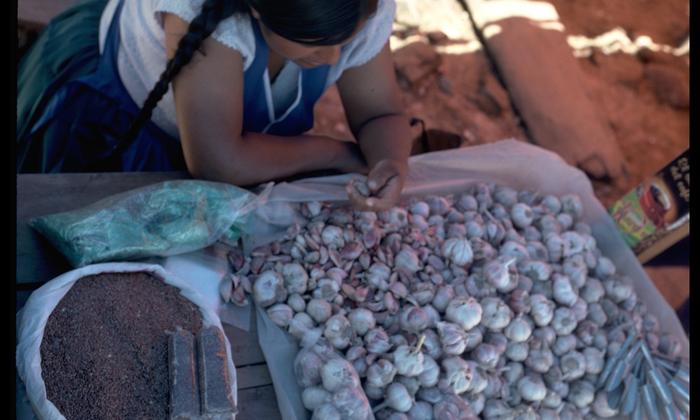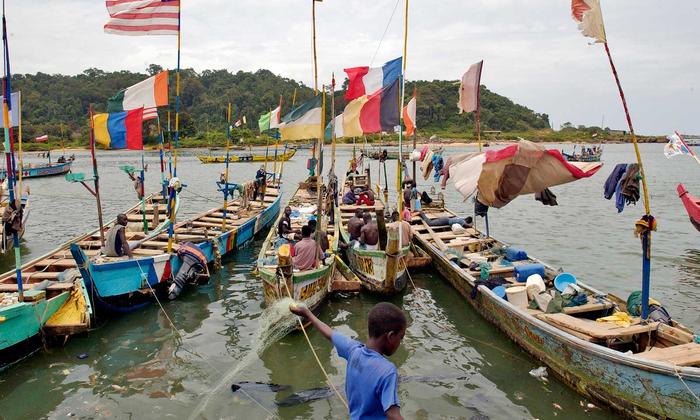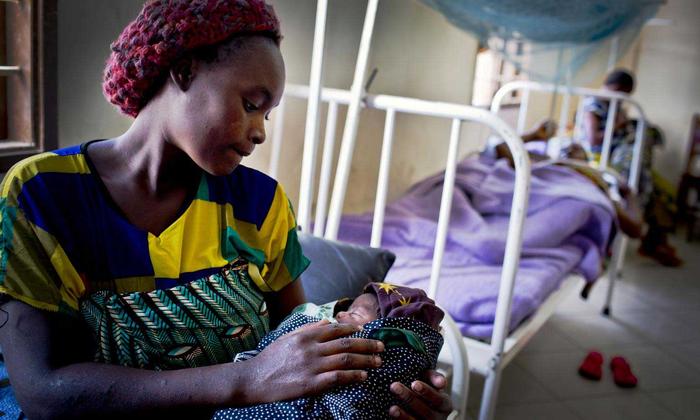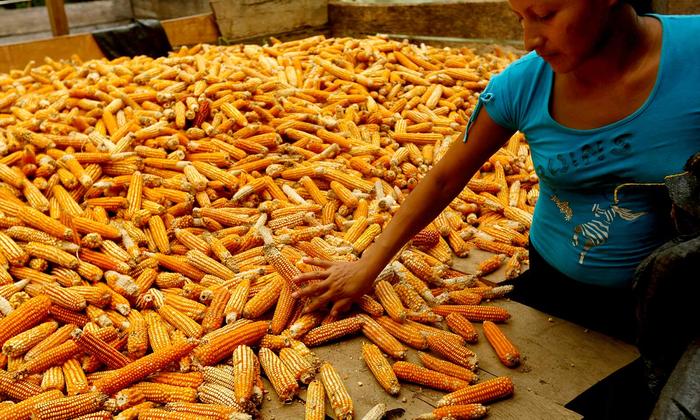Extreme drought in Santiago de Cuba
Santiago de Cuba Province is experiencing a severe drought that has worsened steadily since early 2015. Water supply sources are barely at 27.5% of their capacity, and the ones in the city of Santiago de Cuba –with half a million inhabitants- only retains 15.8%. Santiago de Cuba province is also one of the most vulnerable areas in food security and nutrition, that has suffered further negative impacts due to the current drought.
The programme
The programme is designed with an integrated approach where each of its results aim to strengthen the water chain in drought situations in a large city in Cuba. This includes: the system of hydrometeorological early warning; control, distribution and supply under conditions of scarcity; capacity building; access to safe water; and continuity of food production in drought conditions, based on the efficient use of water.
The approach
- Strengthening hydrometeorological early warning to facilitate adequate decision-making in response and adaptation measures to drought.
- Improvement of the hydrometric monitoring and control of water sources and distribution systems, controlling their flow delivery; monitoring the water quality; and diagnosing leaks in distribution networks.
- Responding to the needs of improving access to water at household level through the distribution of tanks and hygiene kits, giving priority to the most vulnerable families.
- With a focus on sustainability, building local capacity to produce reservoirs and meet the demand of the population, as well as extending reparation services of households internal networks and services to avoid intra-household losses.
Quick facts
Total programme budget: $4,08 millon
% funded by SDG-F: 36%
UN agencies: UNDP, UNICEF, WFP
National partners: Ministry of Foreign Trade and Foreign Investment, Provincial Administration Council of Santiago de Cuba and local governments, Risk Reduction Management Centres, Red Cross, National Chiefs of Staff of Civil Defense, National Institute of Hydraulic Resource, Ministry of Science, Technology and Environment, Institute of Meteorology, Ministry of Public Health, Ministry of Agriculture, Ministry of Domestic Trade, Provincial Delegation of Water Resources, Local and Provincial Public Health Directorates, and more
Duration: 1 September 2016 to 30 June 2018
Key facts
27.5% is the current availability of water supply sources in Santiago de Cuba Province; only 15.7% in the city of Santiago de Cuba.
460,000 is the number of people affected by the lack of water and 5 the number of municipalities under extreme hydraulic drought since 2015.
Of the 2,100 liters of water demanded by the capital city, only about 1,300 liters (61.9%) are being delivered today, and a portion of it is lost because of leaks in networks and intradomiciliary.





